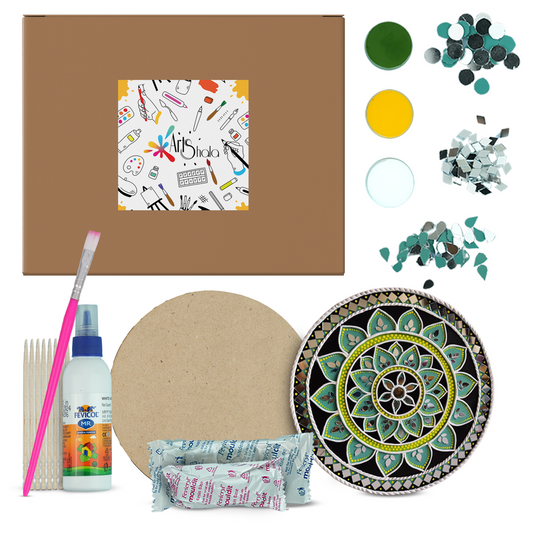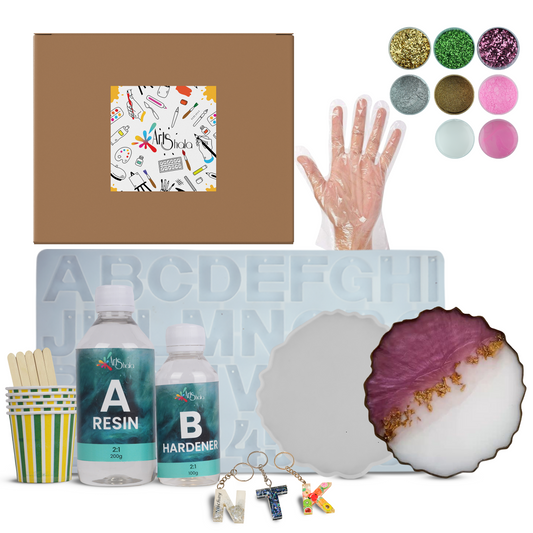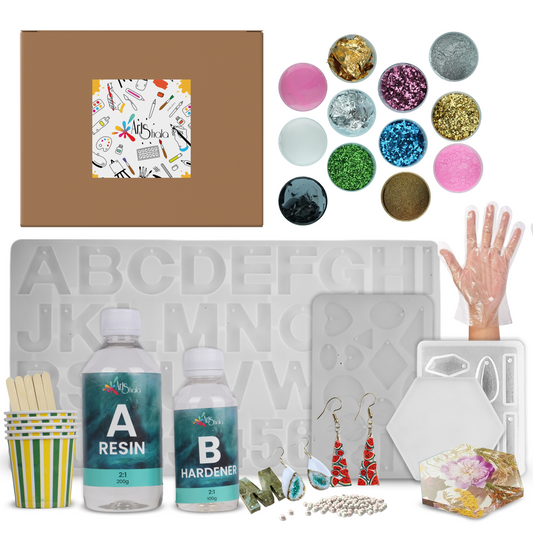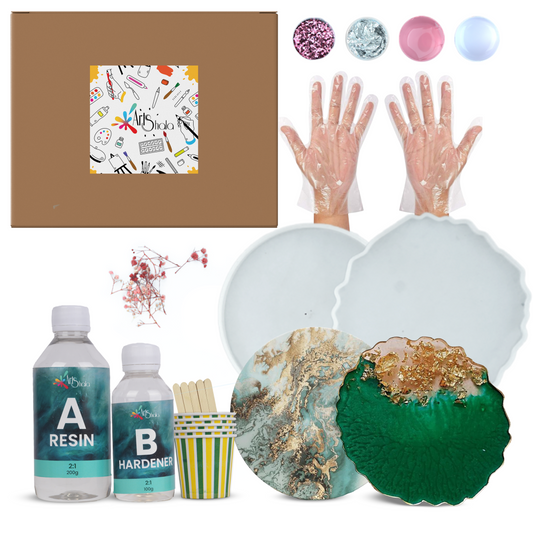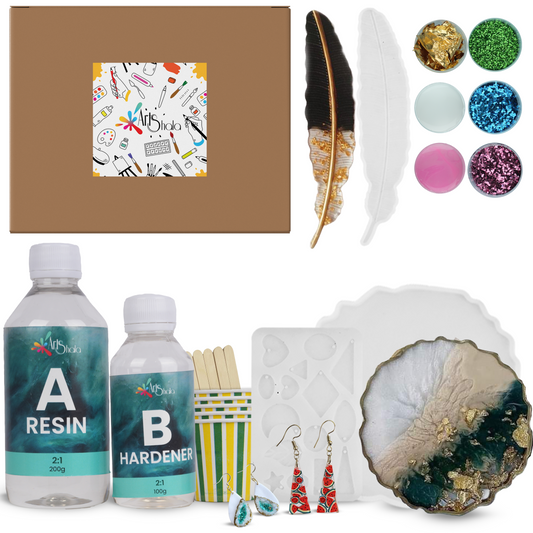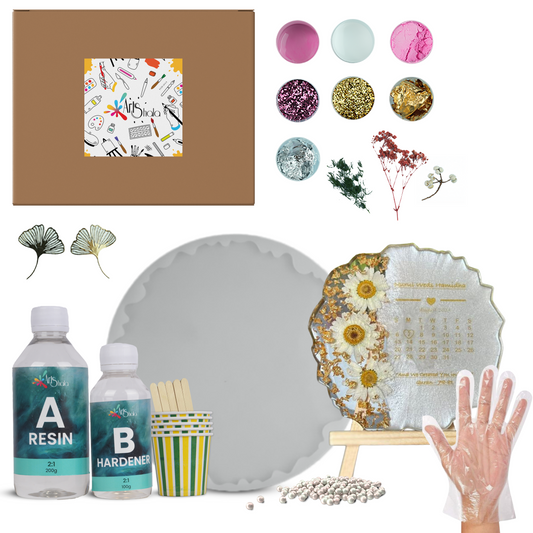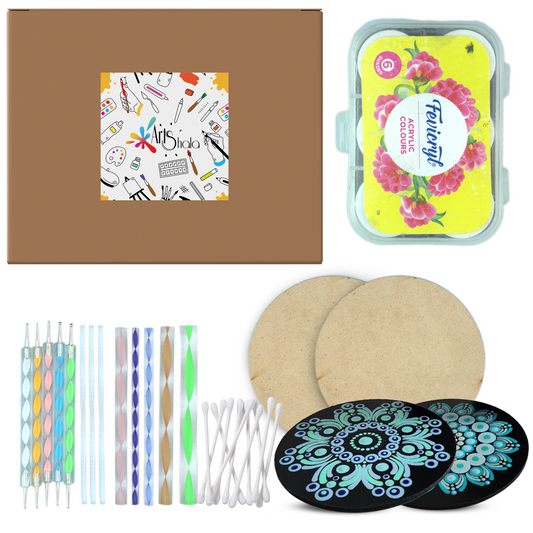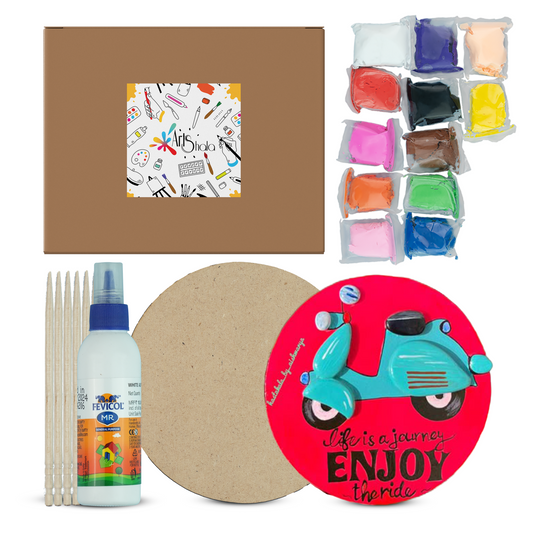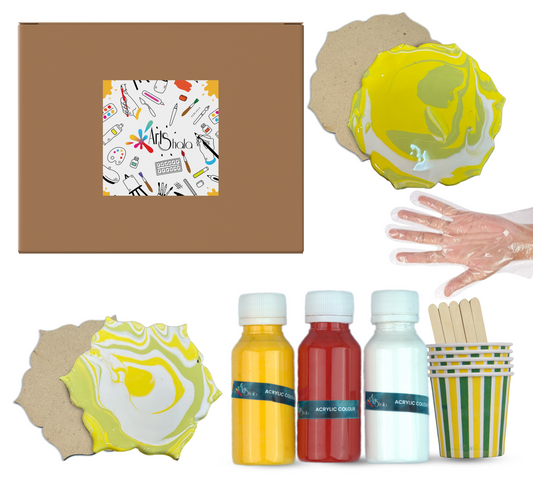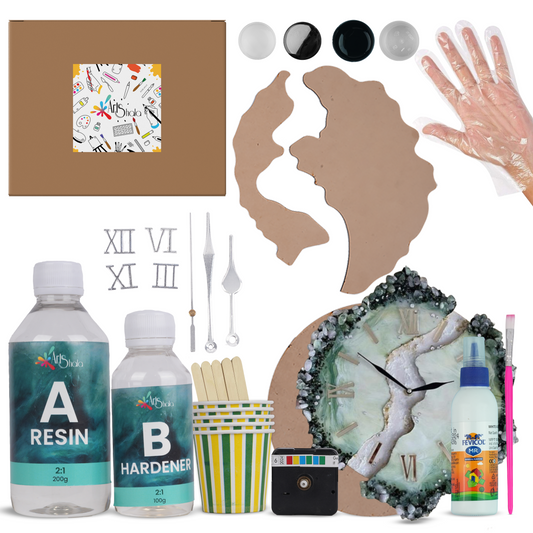Can Acrylic Paints Be Used to Paint on Canvas Like Oils Can?
Acrylic paints can indeed be used to paint on canvas similarly to oil paints, but there are significant differences in properties, techniques, and outcomes that artists should consider. This discussion will explore the similarities and differences between acrylic and oil paints, the methods to make acrylic mimic oils, and the advantages and disadvantages of each medium. To learn more about such techniques, enrol in an acrylic painting workshop.
Understanding Acrylic and Oil Paints
Composition and Properties
Acrylic paints are water-based and consist of pigment suspended in an acrylic polymer emulsion. They dry quickly, typically within minutes, which can be both an advantage and a disadvantage. This fast drying time allows artists to work soon but can also make blending and layering more challenging.
On the other hand, oil paints are made from pigments suspended in oil, usually linseed oil. They dry much slower than acrylics, allowing extended blending and layering techniques. This slow drying time is particularly beneficial for creating smooth transitions and detailed textures.
Differences in Texture and Finish
Acrylic paints' textures can vary widely, from fluid to heavy-bodied, while oil paints generally have a creamy consistency that allows for thick applications. Acrylics can produce a matte finish, while oils tend to have a natural gloss that can be enhanced with varnishes.
Oil paints often have a greater depth of colour and luminosity due to how light interacts with the oil medium, leading to a richer appearance.
Techniques for Using Acrylics Like Oils
While acrylics have distinct characteristics, artists can employ various techniques to achieve effects like oil paints.
Slow-Drying Mediums
Artists can use slow-drying mediums to counteract acrylics' fast drying time. These mediums extend the working time of acrylic paints, allowing for better blending and layering. Products like Golden Open Acrylics are designed to stay wet longer, making them a suitable alternative for artists who prefer the gradual blending and layering oil painting technique.
Building Layers
One of the hallmarks of oil painting is the ability to build up layers for depth and texture. With acrylics, artists can achieve a similar effect by applying numerous thin layers instead of one thick layer. This technique not only mimics the depth of oil paintings but also prevents cracking, which can occur with thick applications of acrylics.
Using a Palette Knife
A palette knife can create texture and an impasto effect reminiscent of oil painting. Acrylics can be applied in thick layers with a palette knife, allowing for visible brushstrokes and texture. However, it is crucial to use heavy-bodied acrylics or add an impasto medium to achieve the desired thickness.
Glazing Techniques
Glazing, a technique often used in oil painting, includes applying a thin, transparent layer of paint over a dried layer. This technique can create depth and luminosity. Acrylics can be glazed effectively by thinning the paint with a glazing medium, allowing for rich, transparent layers that mimic the effects of oil glazes.
Blending Techniques
Blending is essential in achieving a smooth transition between colours, a technique commonly associated with oil painting. Artists can use a dry brush or a wet brush technique to blend acrylics, although it may require more practice due to the quick-drying nature of the paint. Using a slow-drying medium can significantly aid in this process.
Advantages and Disadvantages of Acrylics vs. Oils
Advantages of Acrylics
-
Fast Drying Time: Acrylics dry quickly, allowing artists to work rapidly and layer colours without waiting long periods.
-
Water Soluble: Acrylics can be thinned with water, making cleanup easy and reducing the need for toxic solvents.
-
Versatility: Acrylics can mimic various painting techniques, including watercolour and oil, providing flexibility for artists.
-
Low Odour: Acrylic paints are generally less odorous than oils, making them suitable for use in confined spaces or around children.
Disadvantages of Acrylics
-
Quick Drying: The fast drying time can hinder blending and layering, requiring artists to work quickly.
-
Colour Shift: Acrylics can darken as they dry, which may affect the final appearance of the painting.
-
Less Depth: While acrylics can achieve depth, they often need more richness and luminosity than oils.
Advantages of Oils
-
Slow Drying Time: Oils allow for extended working time, making blending and layering easier and more effective.
-
Richness and Depth: Oil paints provide a depth of colour and richness often unmatched by acrylics.
-
Versatile Techniques: Oils can be manipulated in various ways, including glazing, scumbling, and impasto.
Disadvantages of Oils
-
Long Drying Time: Slow drying can disadvantage artists who prefer to work quickly or complete projects rapidly.
-
Toxicity: Many oil paints require solvents for thinning and cleanup, which can be hazardous if not handled properly.
-
Cost: High-quality oil paints can be more expensive than acrylics, which may be a consideration for some artists.
Final Thoughts on Acrylics vs. Oils
As we wrap up this exploration of acrylic paints and their compatibility with canvas, it’s essential to reiterate that acrylics can be used effectively like oils. However, the choice between these two mediums ultimately depends on your artistic goals, preferences, and the specific effects you wish to achieve.
The Artist's Choice
Acrylics offer unique advantages, including faster drying times, ease of cleanup, and versatility in techniques. When used with the right methods, such as glazing, layering, and using slow-drying mediums, they can mimic the look of oil paintings. Artists who appreciate the immediacy of their work often gravitate toward acrylics for these reasons.
Conversely, oil paints provide a richness and depth many artists find appealing. The ability to work slowly and make adjustments over extended periods can lead to intricate details and smooth transitions characteristic of traditional oil painting. This medium remains a favourite for those who enjoy classic oil painting techniques.
Experience is Key
Experimentation is key to developing your style and technique, regardless of your chosen medium. Don’t hesitate to mix acrylics and oils in your practice as long as you understand the properties of each. For instance, you can use acrylics for underpainting and oils for finishing layers, combining the strengths of both mediums.
Conclusion
While acrylic paints can be used to create works on canvas similar to oil paintings, the two mediums have distinct properties that influence the techniques and outcomes of the artwork. Artists can employ methods such as slow-drying mediums, building layers, and glazing to achieve effects reminiscent of oils.
Ultimately, the choice between acrylics and oils depends on the artist's preferences, working style, and desired outcomes. Acrylics offer versatility and ease of use, while oils provide depth and richness. Understanding the strengths and limitations of each medium allows artists to make educated decisions and explore their creativity fully. Contact Us to learn more about this art form or visit Arts Shala’s website.



